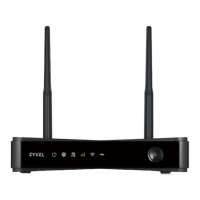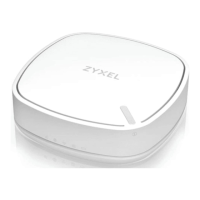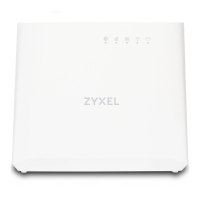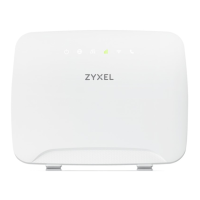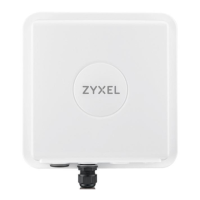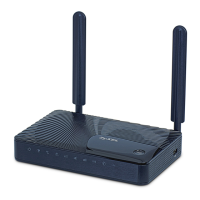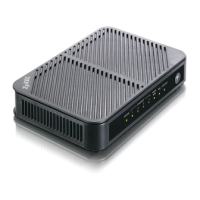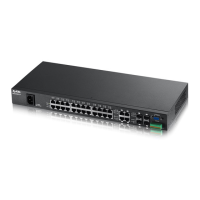Chapter 9 Routing
LTE Series User’s Guide
161
9.5 RIP Overview
Routing Information Protocol (RIP, RFC 1058 and RFC 1389) allows the Zyxel Device to exchange routing
information with other routers. To activate RIP for the WAN interface, select the supported RIP version
and operation.
9.5.1 RIP
Click Network Setting > Routing > RIP to open the RIP screen. Select the desired RIP version and
operation by clicking the check box. To stop RIP on the WAN interface, clear the check box. Click the
Apply button to start/stop RIP and save the configuration.
Figure 120 Network Setting > Routing > RIP
The following table describes the labels in this screen.
Table 51 Network Setting > Routing > RIP
LABEL DESCRIPTION
# This is the index of the interface in which the RIP setting is used.
Interface This is the name of the interface in which the RIP setting is used.
Version The RIP version controls the format and the broadcasting method of the RIP packets that the
Zyxel Device sends (it recognizes both formats when receiving). RIPv1 is universally supported
but RIPv2 carries more information. RIPv1 is probably adequate for most networks, unless you
have an unusual network topology. When set to Both, the Zyxel Device will broadcast its routing
table periodically and incorporate the RIP information that it receives
Operation Select Passive to have the Zyxel Device update the routing table based on the RIP packets
received from neighbors but not advertise its route information to other routers in this interface.
Select Active to have the Zyxel Device advertise its route information and also listen for routing
updates from neighboring routers.
Enable Select the check box to activate the settings.
Disable Default
Gateway
Select the check box to set the Zyxel Device to not send the route information to the default
gateway.
Cancel Click Cancel to exit this screen without saving.
Apply Click Apply to save your changes back to the Zyxel Device.
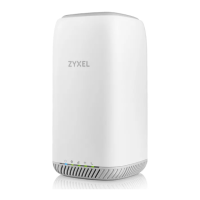
